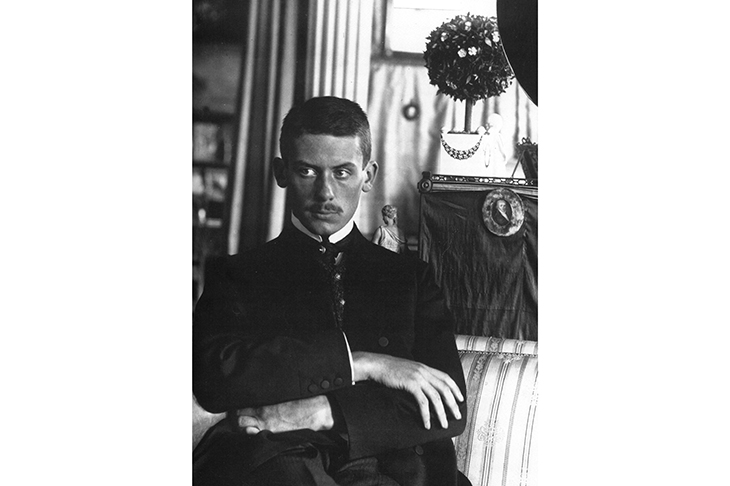Walter Gropius (1883–1969) had the career that the 20th century inflicted on its architects. A master of the previous generation in the German-speaking lands, Otto Wagner, could create his entire oeuvre without venturing outside the city limits of Vienna. Gropius found himself thrust into one unprecedented role after another, uprooted and exiled repeatedly.
His work was carried out wherever he landed — in Germany, England or America. Despite the huge disruptions of history, he displayed extraordinary single-mindedness. From the 1914 Fagus factory onwards, his buildings argued for the modernist position of function over ornament. By the time of his death, in America, the vast majority of practising architects, if not the public, were converted to his position. It is a career of awe-inspiring efficiency.
Almost everything that is known about Gropius suggests a person of considerable control and dedication. He came from a professional Berlin family — the Gropius-Bau, the handsome Berlin museum space, was the work of an architect uncle, Martin Gropius. A stretch in military service after 1904 seems to have suited him; strangers would often comment on his upright stance, like a Prussian officer in mufti.
The architectural training was, surprisingly, less thorough, and Gropius left the Konigliche Technische Hochschule in Berlin after two years, without taking a diploma. (He never learnt how to draw properly.) By then he was already designing buildings for family and friends. In 1908 he took a post in the Berlin office of Peter Behrens, a fascinating figure who, according to Fiona MacCarthy, married the monumental simplicity of the classical Prussian architect Schinkel to the aesthetic thought of the English Arts and Crafts movement. The startling result, one of the defining moments of modernism, was the AEG Turbine Hall in Berlin, resembling a vast, unadorned abstract sculpture. By 1914 Gropius himself had made his own major construction, the quite bracingly bleak Fagus factory.







Comments
Join the debate for just £1 a month
Be part of the conversation with other Spectator readers by getting your first three months for £3.
UNLOCK ACCESS Just £1 a monthAlready a subscriber? Log in